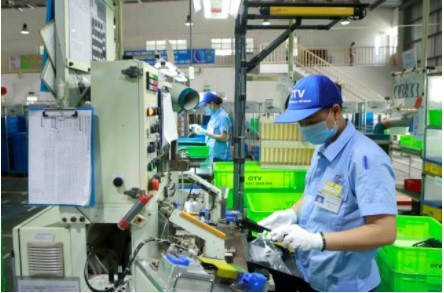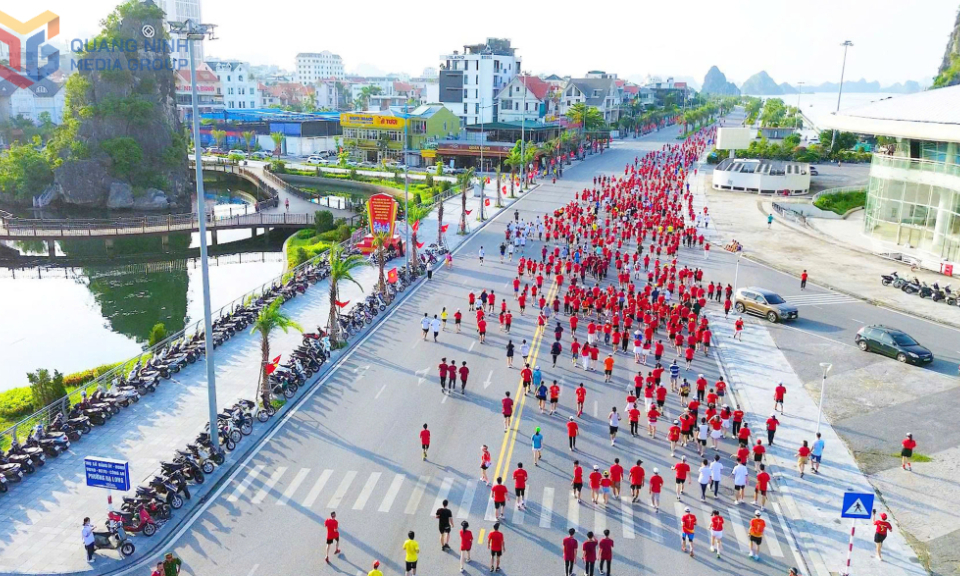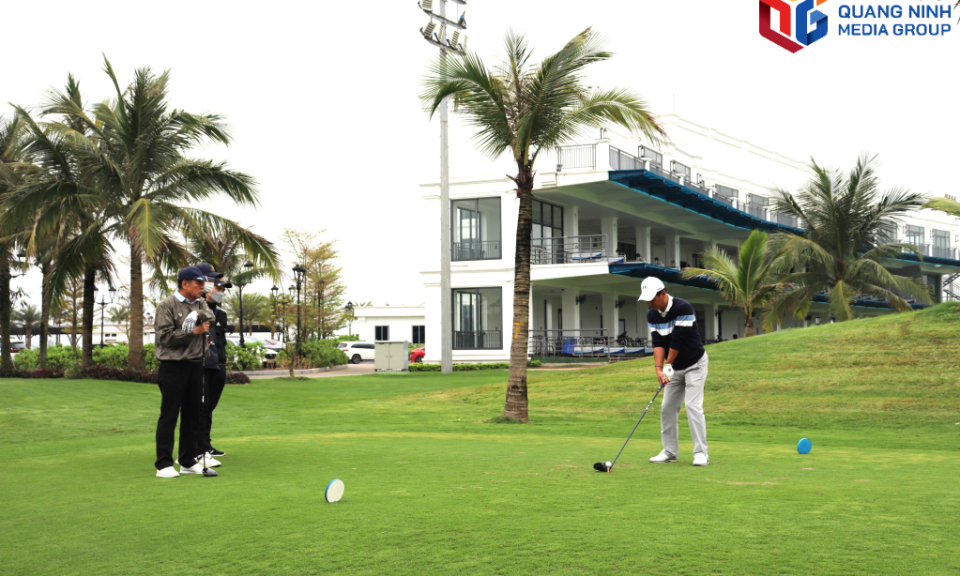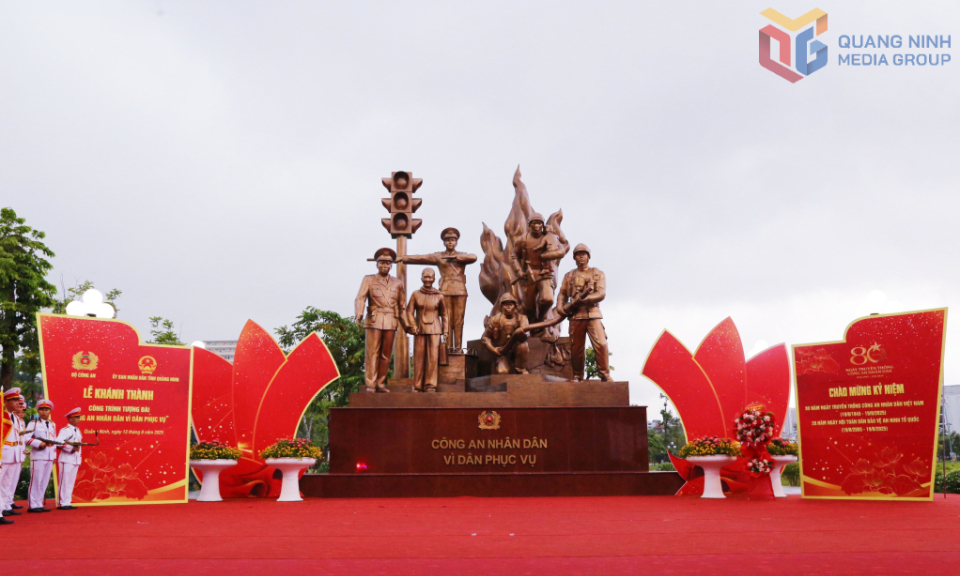GSO points out factors for economic growth in 2022
Industry continued to prosper last year, with added value increasing by 4.82 per cent compared to 2020, which will be an important factor in boosting national economic growth in 2022.
Nguyễn Thị Hương, general director of the General Statistics Office (GSO), said industrial production in the fourth quarter of 2021 prospered after localities implemented Resolution No. 128/NQ-CP dated October 11, 2021, on safe, flexible adaptation and effective control of the COVID-19 pandemic.
"For the whole of 2021, the added value of the industry increased by 4.82 per cent compared to 2020, in which, the processing and manufacturing industry increased by 6.37 per cent, contributing 1.61 percentage points to the overall growth of the whole economy,” Hương said.
The GSO said the production index in 2021 of a number of key secondary industries increased sharply compared to the previous year, including metals, motor vehicles, electronic products, computers and optical products, hard coal and lignite mining, coke, refined petroleum, textile and apparel products.
According to the assessment of the Ministry of Industry and Trade (MoIT), since Resolution No. 128, many provinces and cities have developed and implemented safe, flexible and effective control plans against the pandemic to gradually recover and develop the economy.
The MoIT said Bắc Ninh, Bắc Giang, Hải Phòng, Quảng Ninh, Đà Nẵng, Cần Thơ, Bình Dương, Đồng Nai, HCM City and Hà Nội were localities with positive production activities.
Especially in HCM City and southern provinces, which were badly attacked by the fourth wave, production has resumed and businesses have accelerated production to promptly deliver goods according to signed contracts, said MoIT.
The ministry said in order to accelerate industrial production development in 2022, it will continue to deploy the contents of Resolution No. 128.
It would also focus on removing difficulties and obstacles for important industrial projects, maximise support for factories to maintain and restore production, and improve the supply chain.
The MoIT would also speed up the implementation of large public investment projects, especially projects on energy and infrastructure for industry development to promote consumption and trade demand in the economy, developing markets for a number of key manufacturing industries such as steel, engineering, construction materials and automobiles.
Lê Trung Hiếu, head of GSO’s Department of National Accounts System, said: “The pandemic will continue to develop complicatedly across the country. However, with a safe adaptive approach to economic development, localities will handle the outbreaks.”
At the same time, Hiếu said that as international routes could be reopened this month, more international tourists could come to Việt Nam and Vietnamese people could travel abroad, which was an opportunity for the tourism industry to have a strong recovery, thereby stimulating development of other industries such as accommodation, catering, wholesale and retail industries.
Hiếu added that the expansion modes of transport together with the connection with international trade, would be more flexible for both goods and passengers, and Việt Nam's transport industry would have high growth expectations again.
Đào Quang Dũng, CEO of Eastern Sun Company, said that digital transformation would be the spearhead of the country's economic development in 2022 as well as the following years so enterprises needed to develop a suitable plan, restructure and apply science and technology to the process of production, business and digital transformation.
Dũng said the economic recovery and businesses needed support from government policies, such as financial policies, training, investment in technology, to improve production efficiency, business, economic development, and solve the problem of social security.
Report predicts strong results for manufacturing sector
IHS Markit's latest report says that Việt Nam's manufacturing sector would continue to grow at the end of 2021, and employment had rebounded after a period of continuous decline.
Cost upward pressure remains substantial but has slowed compared to November, partly reflecting signs that supply chain delays are less severe.
In December, the Purchasing Managers Index (PMI) increased to 52.5, slightly increasing from 52.2 in November, showing business conditions improved for the third consecutive month.
Furthermore, the improvement in the health of the manufacturing sector was the most significant since May. New orders continued to increase at the end of the year, and the rate of increase was almost the same as in November.
The report saw new export orders increase in December, forming an eight-month high, adding that the increase had helped manufacturing output continue to rise, although growth had slowed due to the pandemic.
There was also a positive increase in employment at the end of the year when the index rebounded after six months of decline, though the increase was still small and there were still signs of continued labour shortage, especially in the increasing number of new orders.






